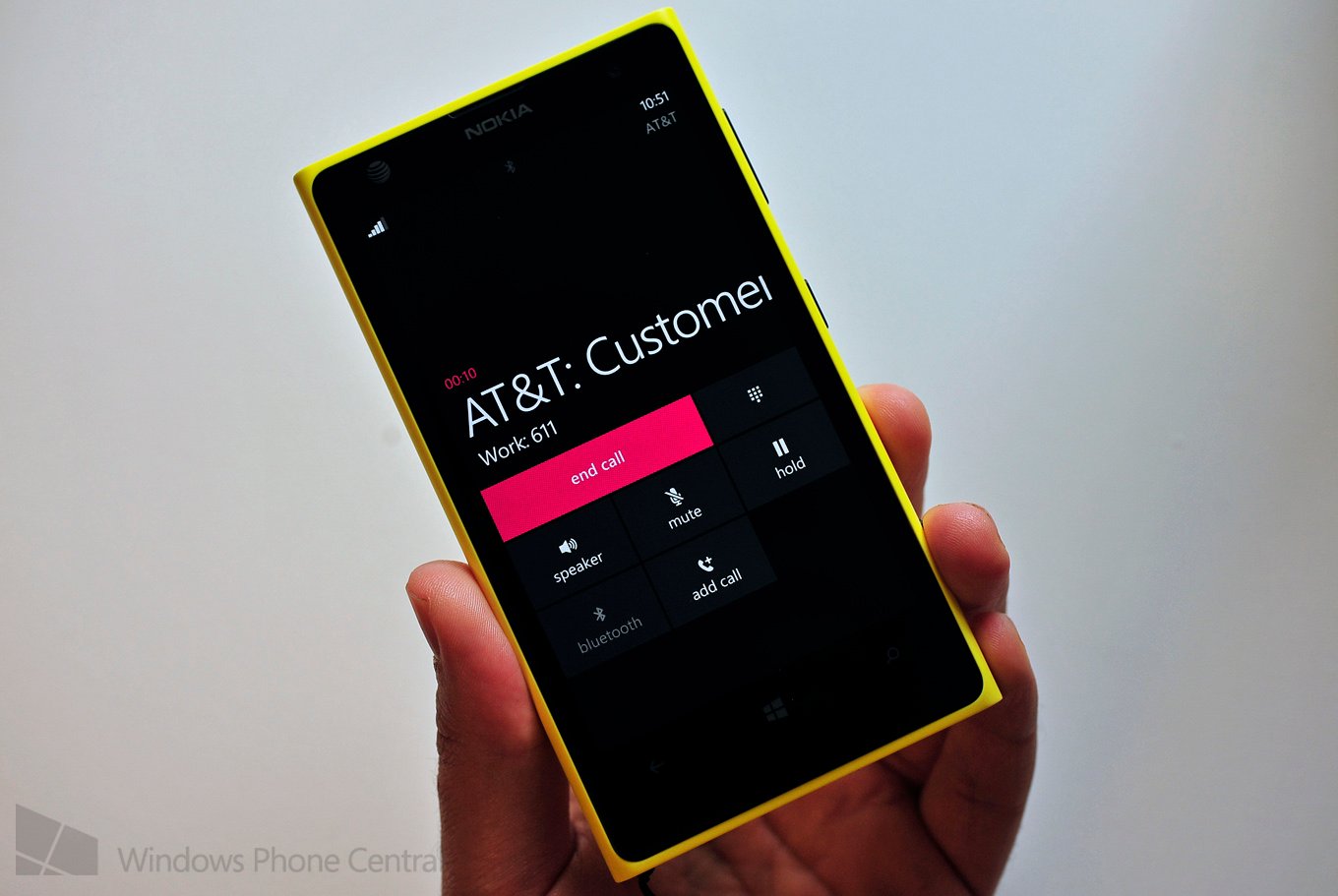Microsoft files patent to prioritize calls based on urgency

On modern email systems, there is method by which one can “flag” a message based on importance. Anyone who has used Exchange should be familiar with this concept. The point of it is of course to help users triage that which is important from that which is not. If a message comes in with a highly urgent flag on it, you’re more likely to read it and not miss it.
Why not have the same thing for phone calls? That’s what Microsoft is asking and they have evidently filed a claim on the patent to bring that feature to fruition.
The system works by sending an encrypted authenticator to the phone, alerting the person of the incoming phone call’s significance. In the filing, an example is given:
“Consider, for example, a man named John and his daughter Lydia. Assume that Lydia needs to get ahold of her Dad immediately because her car has broken down and she needs his help. Assume also that John is in an important business meeting and so he would not normally take a call from Lydia; he would instead wait until after the meeting to call her back. If John knew it was important, however, he would of course take Lydia's call. The techniques can enable Lydia to indicate that her call is important and John to know, with confidence, that it is important, even if either or both of Lydia's and John's phones are basic, non-computing telephones.”
The solution is for Lydia’s phone is to send a “priority trigger” to her father’s device, thereby displaying an “urgent” message on his screen along with her caller ID. Only pre-authorized users can call attention to themselves, meaning rogue calls or telemarketers can’t take advantage of it.
That does seem like a very useful feature and one that would could imagine becoming wildly popular as mobile communication becomes ubiquitous. Of course, filing for a patent is different than being granted one and it’s also different than actually going forward with it in a consumer device. Lots of patents are filed by Microsoft and other tech companies that never see the light of day, meaning this could still be years off, if at all.
However, this seems like one idea that could be potentially huge for mobile smartphones, so we’re keeping our fingers crossed.
Get the Windows Central Newsletter
All the latest news, reviews, and guides for Windows and Xbox diehards.

Daniel Rubino is the Editor-in-chief of Windows Central. He is also the head reviewer, podcast co-host, and analyst. He has been covering Microsoft since 2007 when this site was called WMExperts (and later Windows Phone Central). His interests include Windows, laptops, next-gen computing, and wearable tech. He has reviewed laptops for over 10 years and is particularly fond of 2-in-1 convertibles, Arm64 processors, new form factors, and thin-and-light PCs. Before all this tech stuff, he worked on a Ph.D. in linguistics, performed polysomnographs in NYC, and was a motion-picture operator for 17 years.